The Bridge of Peace (Mshvidobis Khidi in Georgian) is a striking, contemporary pedestrian bridge spanning the Mtkvari River in the heart of Tbilisi, Georgia. Since its official opening on May 6, 2010, it has become one of the city’s most recognizable landmarks and a symbol of its modern aspirations while connecting its historic past with its dynamic present.
Design and Architecture:
Modern and Futuristic: Designed by the Italian architect Michele De Lucchi, with lighting by French designer Philippe Martinaud, the Bridge of Peace stands in stark contrast to the ancient architecture of Old Tbilisi. Its sleek, curvilinear, and somewhat futuristic design is a deliberate statement about Georgia’s progress and openness.
Materials: It is primarily constructed of steel and glass. The pedestrian walkway is a slender box structure made of steel, suspended from a larger, wave-like canopy.
Glass Canopy: The most distinctive feature is its immense, bow-shaped glass canopy (or roof), which stretches along the entire length of the bridge. This translucent roof is composed of thousands of flat sheets of tempered and laminated glass panels.
Suspended Walkway: The bridge is anchored to the two banks of the river by four fork-shaped pillars, and the walkway appears almost suspended beneath the elegant roof structure. It is approximately 156 meters (490 ft) long and 4.80 meters wide in its central portion.
Lighting and Illumination:
Dazzling Night Display: The Bridge of Peace is renowned for its spectacular nightly illumination. It features an integrated lighting system with approximately 1,208 custom LED bulbs embedded in the canopy and additional low-power linear LED arrays within the glass handrail panels.
Interactive and Symbolic Lights: The lights are active from 90 minutes before sunset until 90 minutes after sunrise. They run four different lighting programs every hour, creating mesmerizing patterns. Uniquely, 240 motion sensors embedded in the handrails trigger the linear LEDs as pedestrians walk by, giving the impression that the bridge lights up for each person.
Morse Code Message: Adding to its symbolic significance, a message in Morse code, representing the periodic table of elements, is displayed across the two parapets every hour. The lighting designer, Martinaud, intended this as a “communication celebration of life and peace between people.”
Location and Significance:
Connecting Old and New: The bridge strategically connects Erekle II Street in Old Tbilisi with Rike Park on the left bank of the Mtkvari River, effectively linking the city’s historical core with its newer, more contemporary areas.
Panoramic Views: From the bridge, visitors can enjoy breathtaking panoramic views. On one side, you can see the historic Metekhi Church, the Statue of King Vakhtang Gorgasali, and the ancient Narikala Fortress. On the other, it offers vistas of the Baratashvili Bridge and the Presidential Palace.
Symbol of Peace and Progress: Its name, “Bridge of Peace,” holds deep symbolic value, representing unity, harmony, and Georgia’s aspirations for a peaceful future and modern development. It has become a potent emblem of the city’s transformation and its blend of rich heritage with forward-looking urban design.
While its modern design initially generated some controversy due to its contrast with the surrounding historic architecture, the Bridge of Peace has firmly established itself as a beloved landmark and a popular attraction for both locals and tourists in Tbilisi.

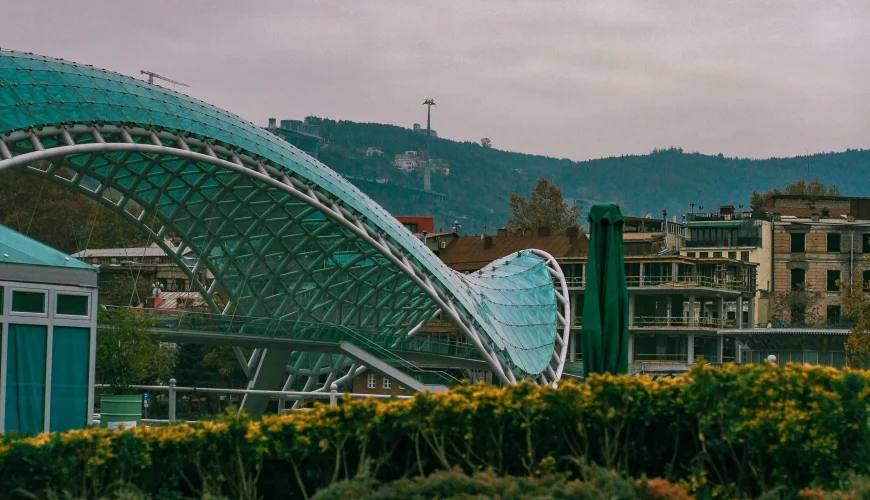
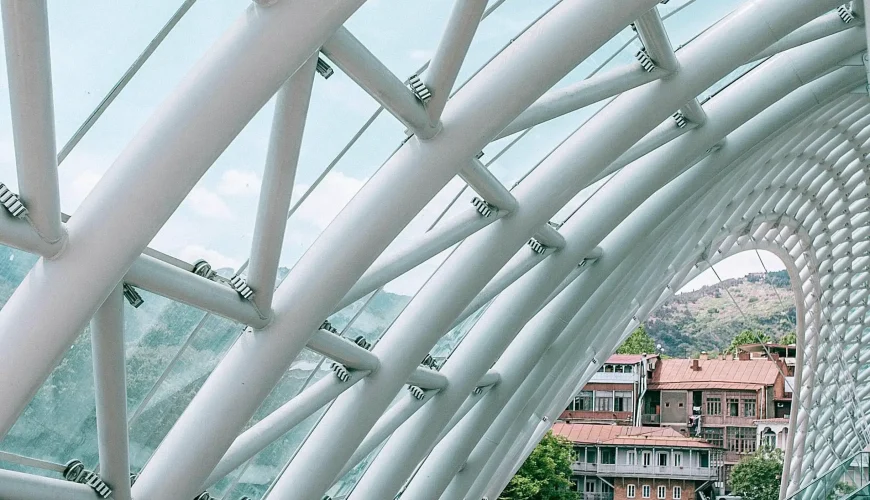
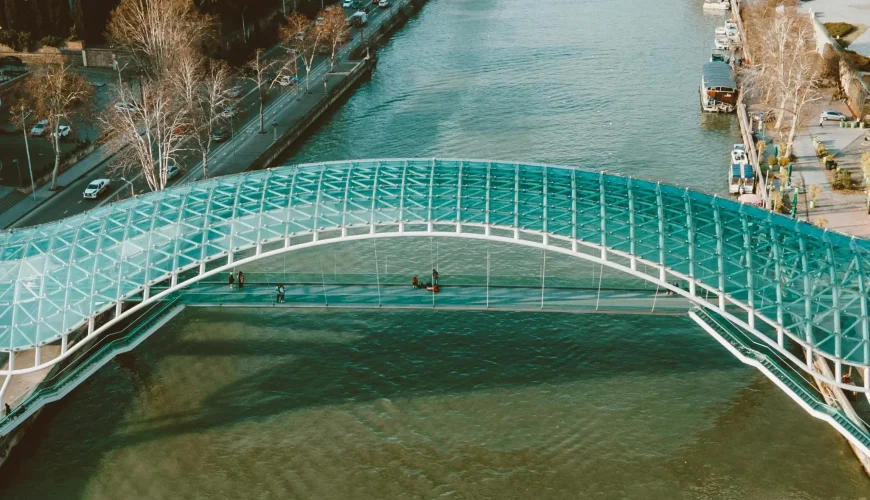
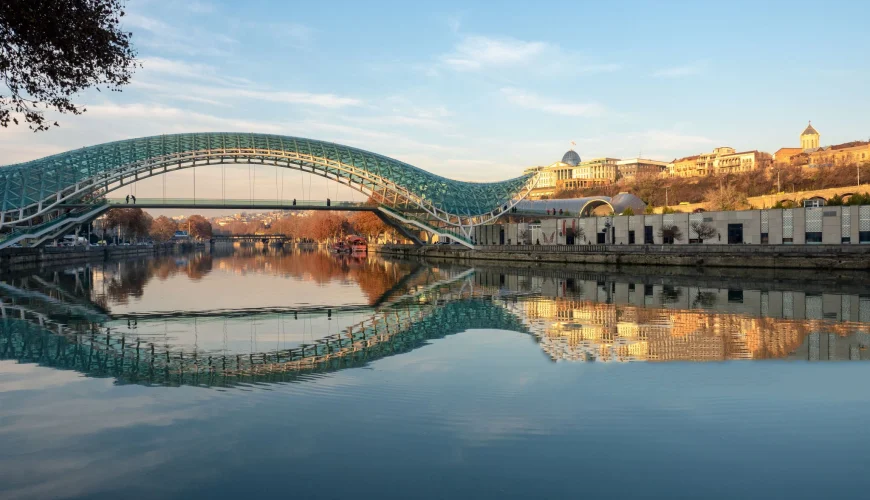
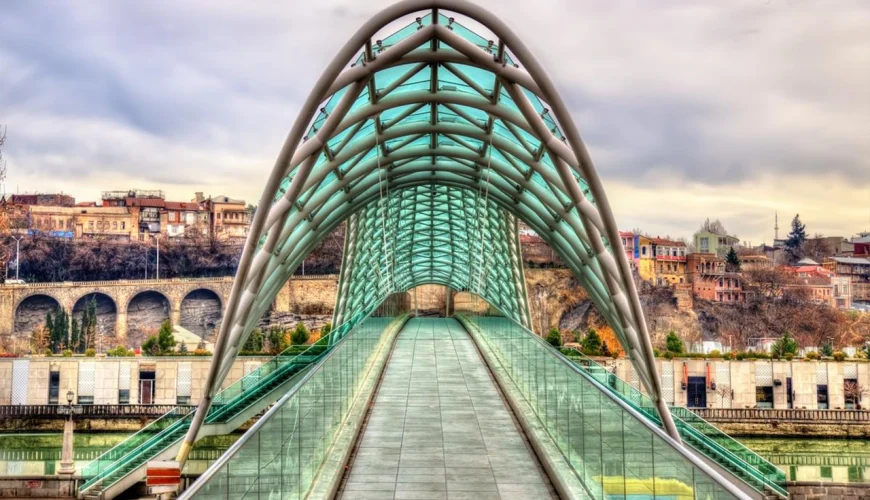
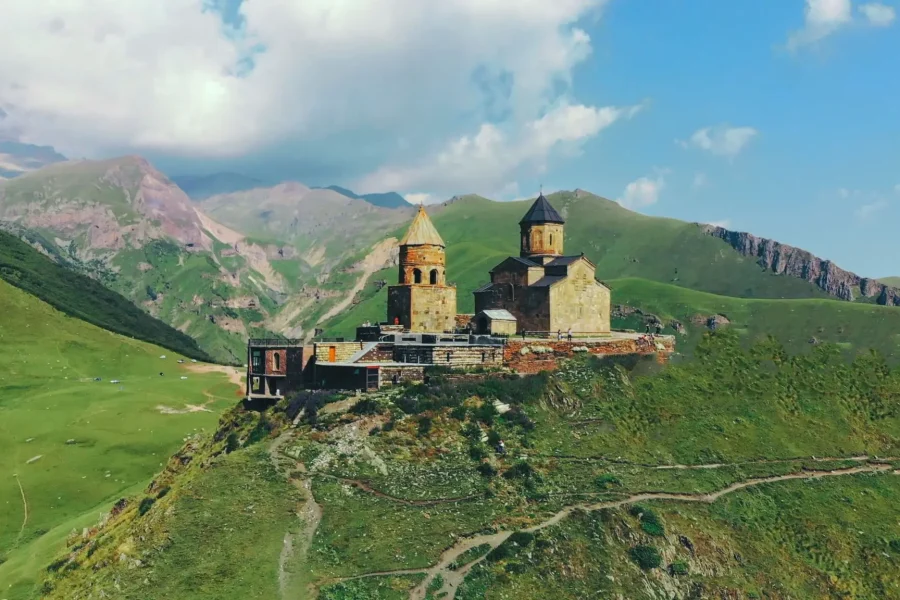
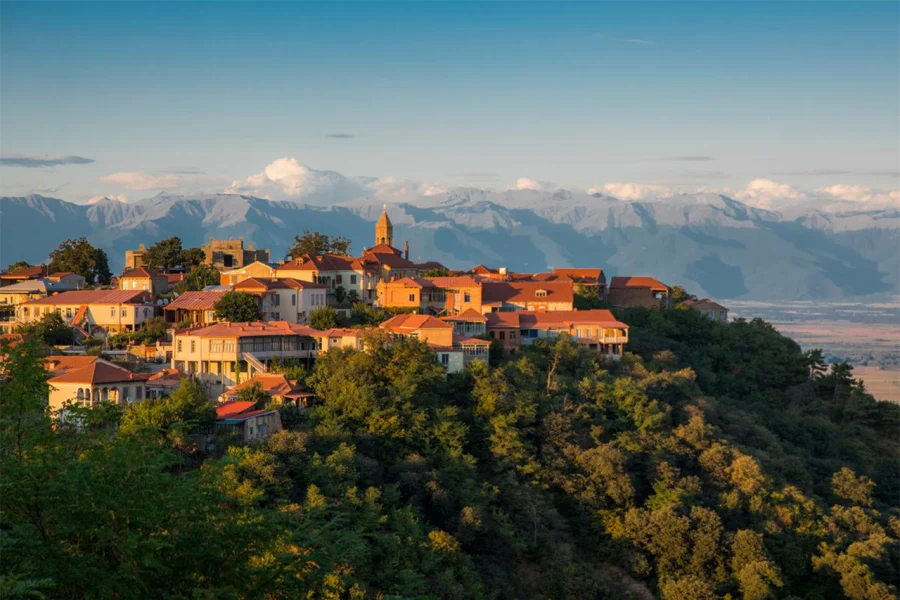
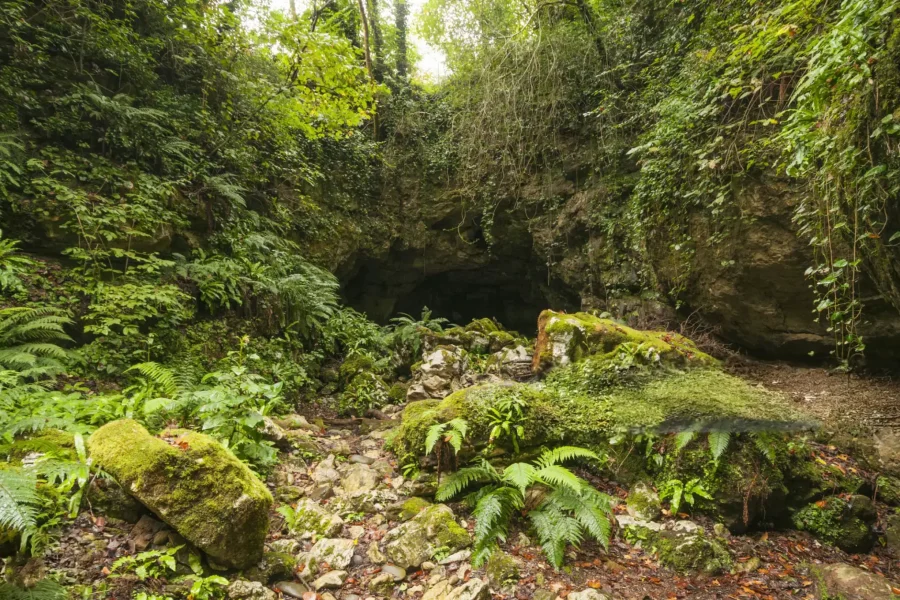
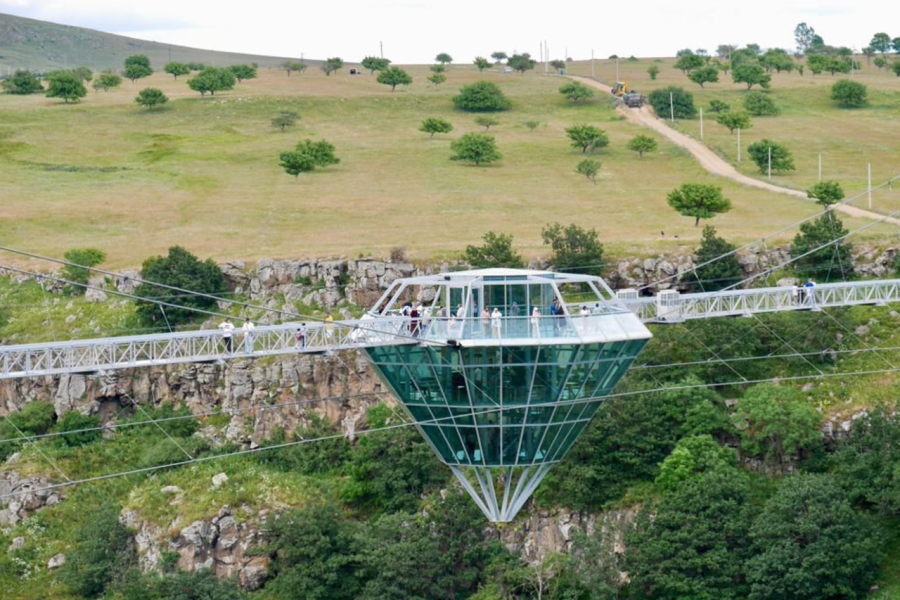
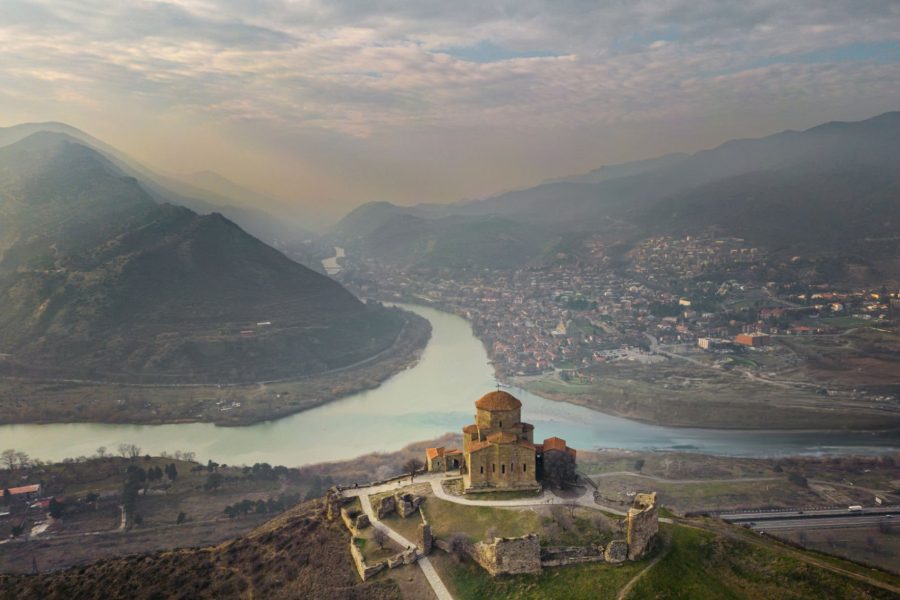
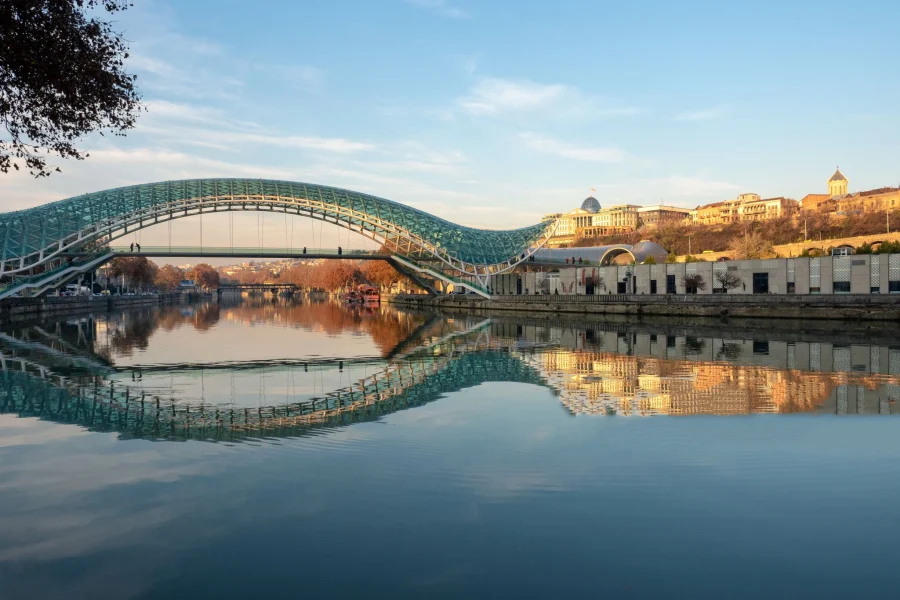
0 Comment